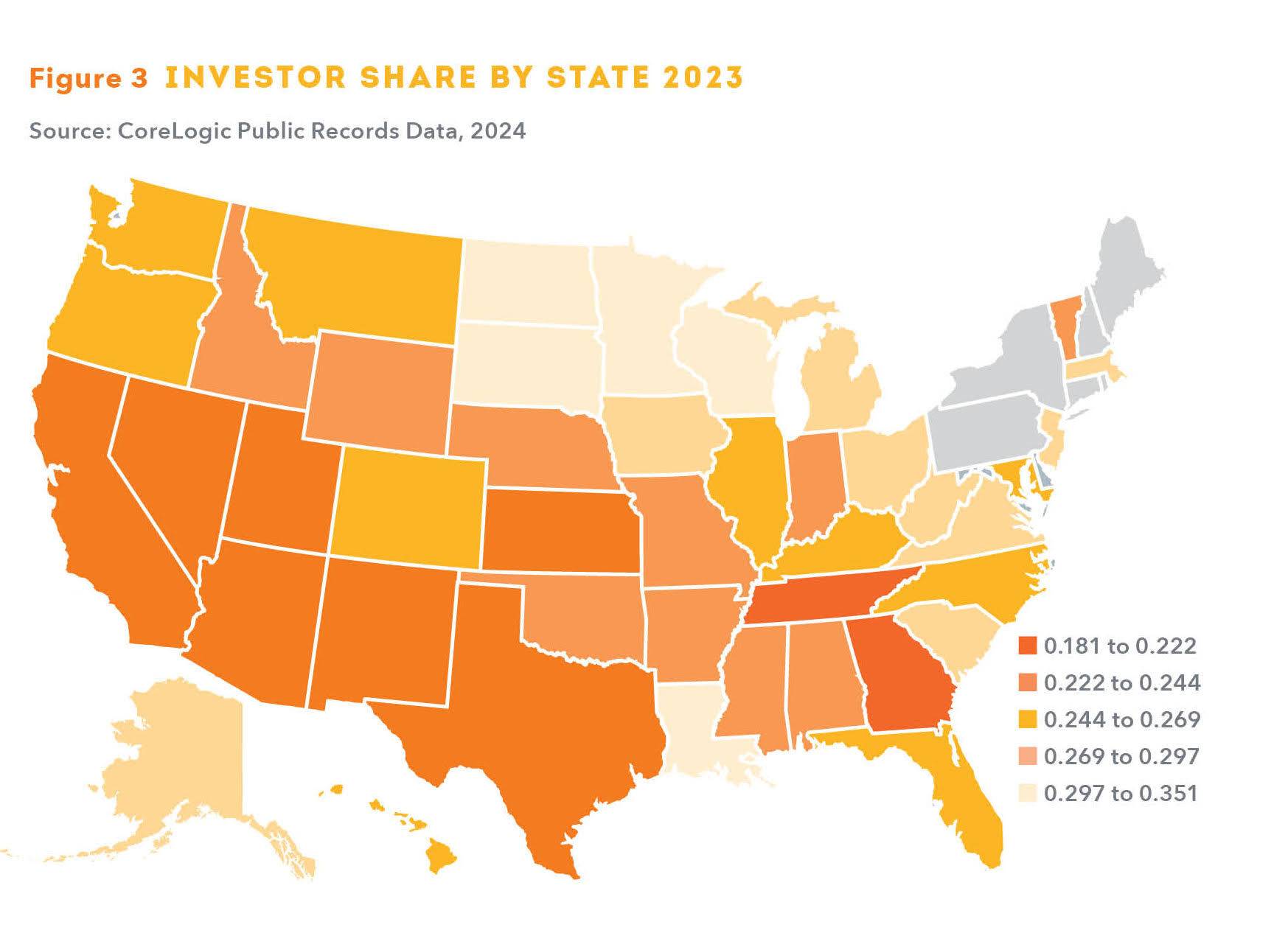How to Become Successful Real Estate Entrepreneurs?
Always Do What You Say You Are Going to Do and Do it With Integrity Tim and Melissa Swartz are independent business owners with HomeVestors® of America, Inc. in the Columbus, Ohio, market, and Melissa is currently serving as the Ad Council President for that area. The couple started their HomeVestors business, HumbleBee Properties, LLC in 2017 after each having successful careers in business and education administration. Their driving factor
Read More











